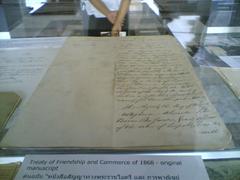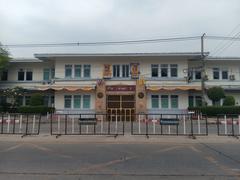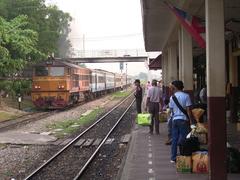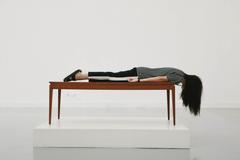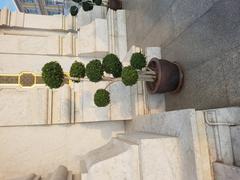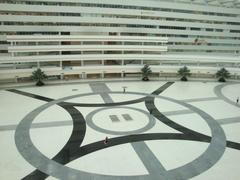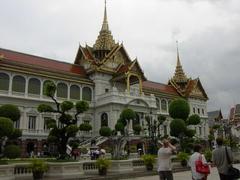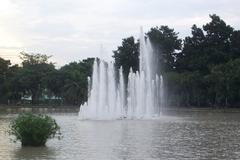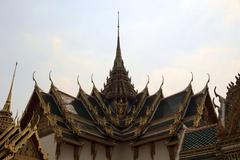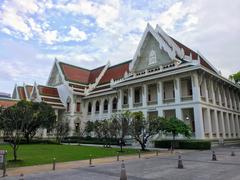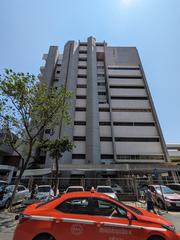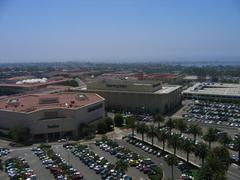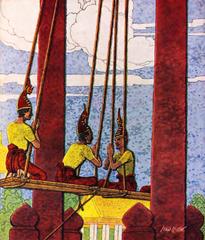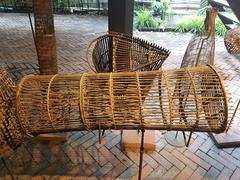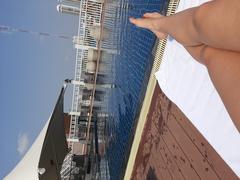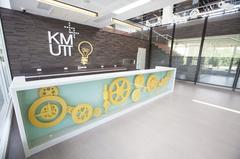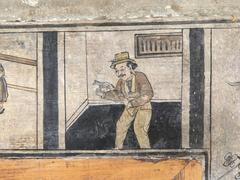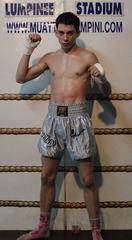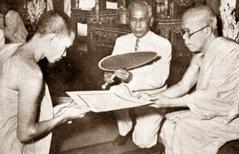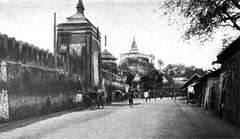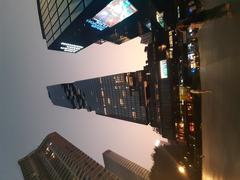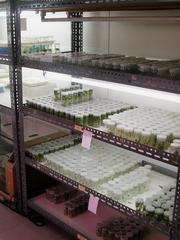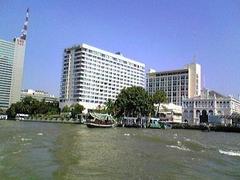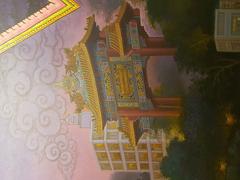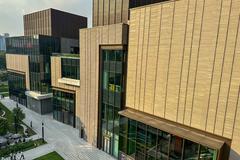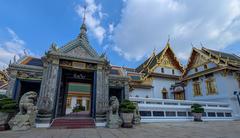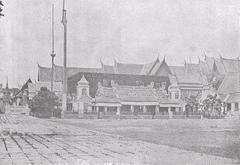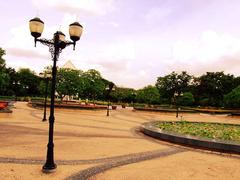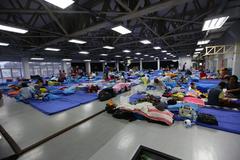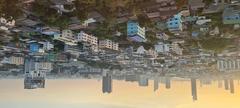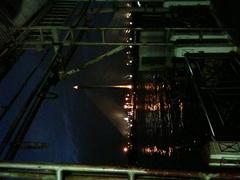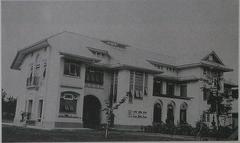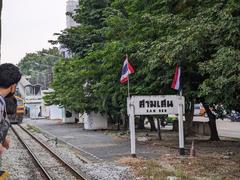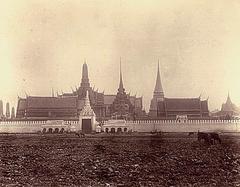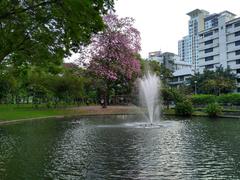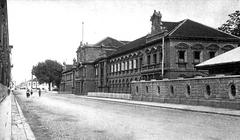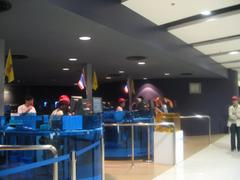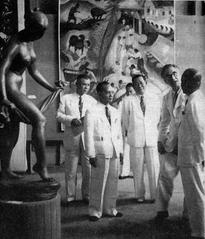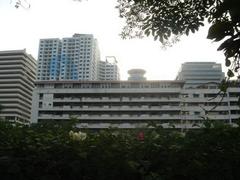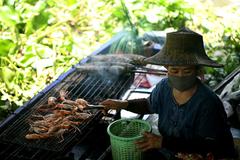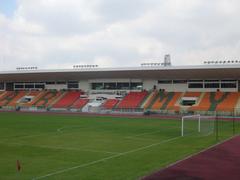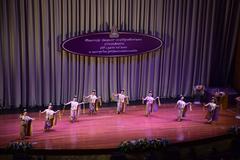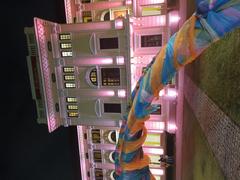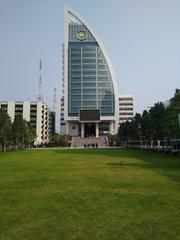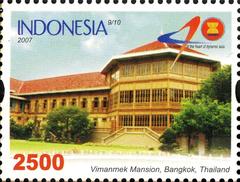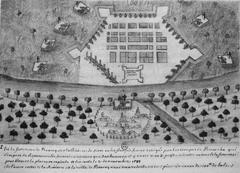
Phra Sri Ratana Chedi Visiting Hours, Tickets, and Bangkok Historical Sites Guide
Date: 04/07/2025
Introduction to Phra Sri Ratana Chedi and Its Significance
Phra Sri Ratana Chedi stands as a luminous symbol within the Grand Palace’s Wat Phra Kaew complex, representing one of Bangkok’s most significant landmarks. Commissioned in 1855 by King Rama IV, this golden stupa enshrines sacred relics of the Buddha and showcases the enduring cultural and spiritual connections between Thailand and the Theravada Buddhist world. Architecturally inspired by Sri Lankan stupas and adorned with Rattanakosin artistic elements, the chedi is an outstanding example of Thai religious art and royal patronage. This guide offers a comprehensive overview of its historical origins, architectural features, cultural importance, and practical visitor information, equipping travelers, pilgrims, and history enthusiasts with everything needed for a rewarding visit. For up-to-date resources and planning assistance, refer to official websites and trusted travel guides (Grand Palace Official Website, Tourism Authority of Thailand, Bangkok for Visitors).
Table of Contents
- Introduction
- Origins and Construction
- Architectural Features and Symbolism
- Historical and Religious Context
- Visiting Information: Hours, Tickets, and Practical Tips
- Dress Code and Etiquette
- Accessibility and Facilities
- Nearby Attractions and Suggested Itineraries
- Preservation and Contemporary Relevance
- Frequently Asked Questions (FAQ)
- Conclusion and Call to Action
- References and Further Reading
Origins and Construction of Phra Sri Ratana Chedi
Phra Sri Ratana Chedi was built under King Rama IV’s directive to enshrine sacred Buddhist relics received from Sri Lanka, reinforcing both the Chakri dynasty’s religious legitimacy and Thailand’s deep-rooted ties with the greater Buddhist world. Completed in 1855, the chedi’s construction drew inspiration from the ancient stupas of Ayutthaya and Sri Lanka, symbolizing a transnational lineage of Buddhist art and devotion.
Architectural Features and Symbolism
Location and Context:
The chedi is situated on the upper terrace of Wat Phra Kaew within the Grand Palace, surrounded by notable structures such as Phra Mondop (the royal library) and the Royal Pantheon. This placement reflects its spiritual prominence and ceremonial purpose (Bangkok for Visitors).
Design and Materials:
Phra Sri Ratana Chedi exhibits a classic bell-shaped stupa form, built of brick masonry and completely clad in imported Italian gold mosaic tiles—a feature introduced during King Rama V’s reign. The base is multi-tiered, the dome smooth and radiant, and the spire crowned with a lotus-bud finial, all of which carry profound Buddhist symbolism.
Decorative Elements:
- Gold tiles symbolize the Buddha’s radiance and spiritual enlightenment.
- Ornate naga balustrades and mythical guardian figures provide spiritual protection.
- Lotus motifs and miniature chedi replicas highlight themes of purity and rebirth.
- The relic chamber, though not open to the public, is the spiritual heart of the monument.
Stylistic Influences:
The chedi’s design fuses Sri Lankan architectural tradition with the ornate, colorful flourishes of the Rattanakosin era, underscoring Thailand’s openness to global artistic exchanges (Bangkok Post).
Historical and Religious Context
Phra Sri Ratana Chedi was erected during a period of modernization in Thailand, with its construction and subsequent restorations illustrating both the monarchy’s devotion to Buddhism and its engagement with international culture. The chedi’s primary purpose is to serve as a reliquary, housing sacred fragments of the Buddha and acting as a site of veneration for pilgrims and visitors alike. It remains integral to royal and state ceremonies, symbolizing the unity of spiritual and temporal power in Thai society.
Visiting Information: Hours, Tickets, and Practical Tips
Visiting Hours:
Daily from 8:30 AM to 3:30 PM. Last admission is typically 30 minutes before closing. Hours may change during royal ceremonies—check the official website before visiting.
Tickets and Admission:
- Entrance to the Grand Palace (including Wat Phra Kaew and Phra Sri Ratana Chedi): 500 THB for foreign visitors.
- Free admission for children under 120 cm and Thai nationals.
- Tickets can be purchased onsite or online through authorized vendors (trip.com).
How to Get There:
- River: Chao Phraya Express Boat to Tha Chang (Maharaj Pier), followed by a short walk.
- MRT: Sanam Chai station, about 15 minutes on foot.
- Taxi/Tuk-tuk: Widely available; be cautious of scams near the entrance.
Best Times to Visit:
Early morning or after 2:00 PM for cooler temperatures and fewer crowds, especially during November–February.
Dress Code and Visitor Etiquette
Strict dress codes are enforced to honor the site’s sacredness:
- Men: Shirts with sleeves, long pants, closed-toe shoes or sandals with back straps (agoda.com).
- Women: Dresses or trousers covering knees, tops with sleeves, and appropriate footwear.
- General: No see-through or offensive clothing. Cover-ups are available for rent or purchase at the entrance (theworldandthensome.com).
Etiquette tips:
- Remove shoes before entering temple interiors.
- Maintain quiet and decorum; avoid loud conversations and public displays of affection.
- Do not touch or climb on monuments.
- Observe local customs, such as walking clockwise around sacred structures and using the wai greeting (Drip Travels Hide).
Accessibility and Facilities
Accessibility:
The chedi and upper terrace are accessible via steps, with limited wheelchair access. Staff assistance may be available—contact ahead for arrangements.
Facilities:
- Restrooms are conveniently located within the Grand Palace complex.
- Shaded seating is limited; bring sun protection.
- Food and drink are not allowed within the temple grounds, but refreshments are available outside.
- Souvenir shops and official palace stores offer quality mementos.
- Guided tours and audio guides are available at the entrance (theworldandthensome.com).
Nearby Attractions and Suggested Itineraries
- Wat Phra Kaew (Temple of the Emerald Buddha): Thailand’s most sacred temple.
- Phra Mondop: The ornate royal library.
- Royal Pantheon and Miniature Angkor Wat: Important for understanding Thai royal and cultural history.
- Wat Pho: Renowned for the Reclining Buddha, a short walk away.
- Tha Tien Market: Riverside market for food and souvenirs.
- Museum of the Emerald Buddha: For deeper historical context (Eat and Travel With Us).
Suggested itinerary: Allow at least 2–3 hours to explore the Grand Palace complex and nearby attractions.
Preservation and Contemporary Relevance
Continuous restoration ensures Phra Sri Ratana Chedi’s structural and aesthetic integrity. The chedi’s ongoing care by Thai authorities reflects a national commitment to preserving spiritual and cultural heritage for future generations (Audiala App).
Frequently Asked Questions (FAQ)
Q: What are the visiting hours for Phra Sri Ratana Chedi?
A: Daily from 8:30 AM to 3:30 PM, with last entry 30 minutes before closing.
Q: How much are tickets?
A: 500 THB per adult; free for children under 120 cm and Thai nationals.
Q: Is photography allowed?
A: Permitted outdoors, including around Phra Sri Ratana Chedi, but strictly prohibited inside certain temple interiors.
Q: Is the site wheelchair accessible?
A: Limited accessibility due to steps; inquire in advance for assistance.
Q: Are guided tours available?
A: Yes, in multiple languages; book onsite or online.
Q: What is the dress code?
A: Modest attire is mandatory—shoulders and knees must be covered for all visitors.
Visuals and Media
Alt text: Golden stupa of Phra Sri Ratana Chedi shining under the Bangkok sun.
Alt text: Map showing layout of the Grand Palace complex including Phra Sri Ratana Chedi.
Conclusion and Call to Action
Phra Sri Ratana Chedi’s resplendent golden façade, historical depth, and spiritual resonance make it an essential highlight of Bangkok’s Grand Palace. By following visitor guidelines, respecting cultural norms, and planning ahead, travelers can enjoy an inspiring, educational, and respectful experience. For the latest information, updates on events, and immersive virtual resources, download the Audiala mobile app and consult official platforms.
Begin your journey into Thailand’s living heritage—visit Phra Sri Ratana Chedi and the Grand Palace to experience the heart of Thai culture and Buddhist devotion.
References and Further Reading
- Official Grand Palace Website
- Tourism Authority of Thailand - Grand Palace
- Bangkok for Visitors - Phra Sri Ratana Chedi
- Audiala App
- Trip.com - Phra Siratana Chedi
- Agoda: Grand Palace Dress Code Guide
- Eat and Travel With Us: Grand Palace Guide
- Time Travel Turtle: Grand Palace Visit
- XPLRverse: Bangkok Etiquette
- Drip Travels Hide: Bangkok Cultural Etiquette
- The World and Then Some: Grand Palace Dress Code
- Thailand.org: Phra Si Ratana Chedi Review

